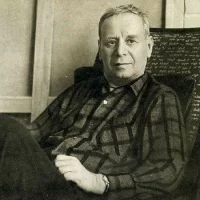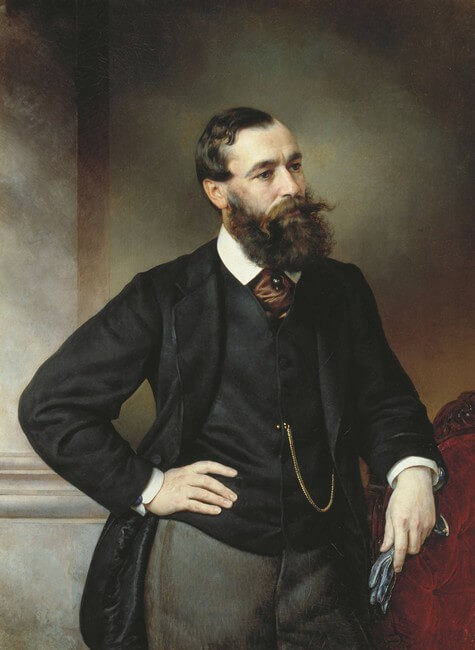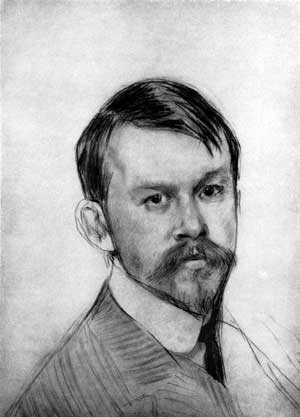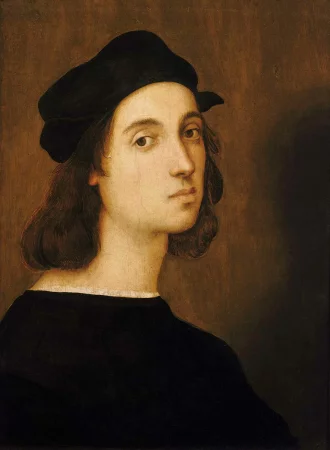Nikolai Astrup - Painting Norway, biography
For a wide audience, Nikolai Astrup remains little known name, but the Norwegians treat his works as a national treasure. The artist lived a short life but left a great legacy. The stylistic direction of his works can be classified as expressionism, but it would be wrong to attribute them to a single specific genre, since they feature a truly extraordinary originality. Unlike another expressionist - his compatriot Edvard Munch, Astrup was an introvert and he used to paint in a mood of peace and tranquility. The master was a great colorist and landscape painter, and he, like no one else, succeeded in conveying the very spirit of Norwegian nature.
Nikolai Astrup was born on August 30, 1880, in the commune of Bremanger in the family of the priest, who wanted his son to become his successor and serve in the church. However, in 1895, straight after graduating from the parochial school, Nikolai decided to leave for the city of Trondheim and join the local classical gymnasium. This was where his talent of a painter was discovered, and Astrup decided to engage in self-study. After two years, he returned to his home to become a home teacher for his brothers and sisters.
In 1899, he decided to devote himself fully to art, and moved to Christiania (its modern name is Oslo) to take attend a private art school. Johann Nordhagen became his teacher and taught him how to make engravings and draw nudes.
Having graduated in 1901, the future master was granted a scholarship and traveled to Europe, after which he returned to Norway, where the success awaited him. In 1905, the first exhibition of the artist was arranged, and it was enthusiastically reviewed by critics and the press; as a result, the National Gallery purchased his picture titled “The Old Warehouse in Ylster”. During the next following years Nikolai was involved in so many events, including the exhibitions organized in Berlin, London, and Copenhagen, and even a meeting with Prince Eugene in Stockholm.
Astrup got tired of the Bohemian life quickly since he was accustomed to a moderate lifestyle and strove for home coziness. And Engel Sunde was the one to help him in this; she was a young girl coming from the province, whom the master married in 1907 and who later brought him eight children. The family lived in the countryside, running the household together. But the artist did not forget about creativity. The picturesque nature surrounding the artist, inspired him to create the best works. He managed to develop his own style of painting, intertwining the real landscapes with the incredible geometric shapes. In addition to colorful pastoral pictures, he created masterful graphics, all of which were duly noted by his teachers.
In 1919, the master began to show a serious illness, because of which he had to cancel his creative trip. It turned out that the artist suffered from asthma and tuberculosis. In 1922, the Nikolai and his wife managed to make a trip to Algeria via Germany and Italy. Prior to their coming back home in 1923, the couple stopped in Paris. In 1928, the master, exhausted by illnesses, died suddenly. After Astrup's passing away, his works were not given due attention for quite a long time; however, over time, connoisseurs eventually recognized his invaluable contribution to Norwegian art.
Comments (0)
Top
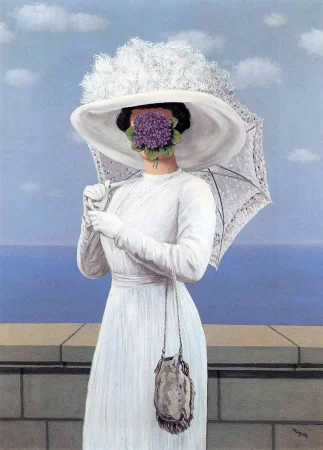 Painting The Great War, Rene Magritte - Meaning and Analysis
Painting The Great War, Rene Magritte - Meaning and Analysis
The Great War - Rene Magritte. Canvas, oil. 81 x 60 cm...
10.10.23
1 086
0
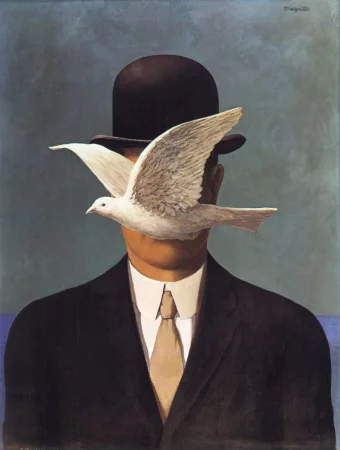 The man in the bowler hat, Rene Magritte
The man in the bowler hat, Rene Magritte
The man in the bowler hat - Rene Magritte. Canvas, oil. 70 x 50 cm...
06.09.23
2 725
0


